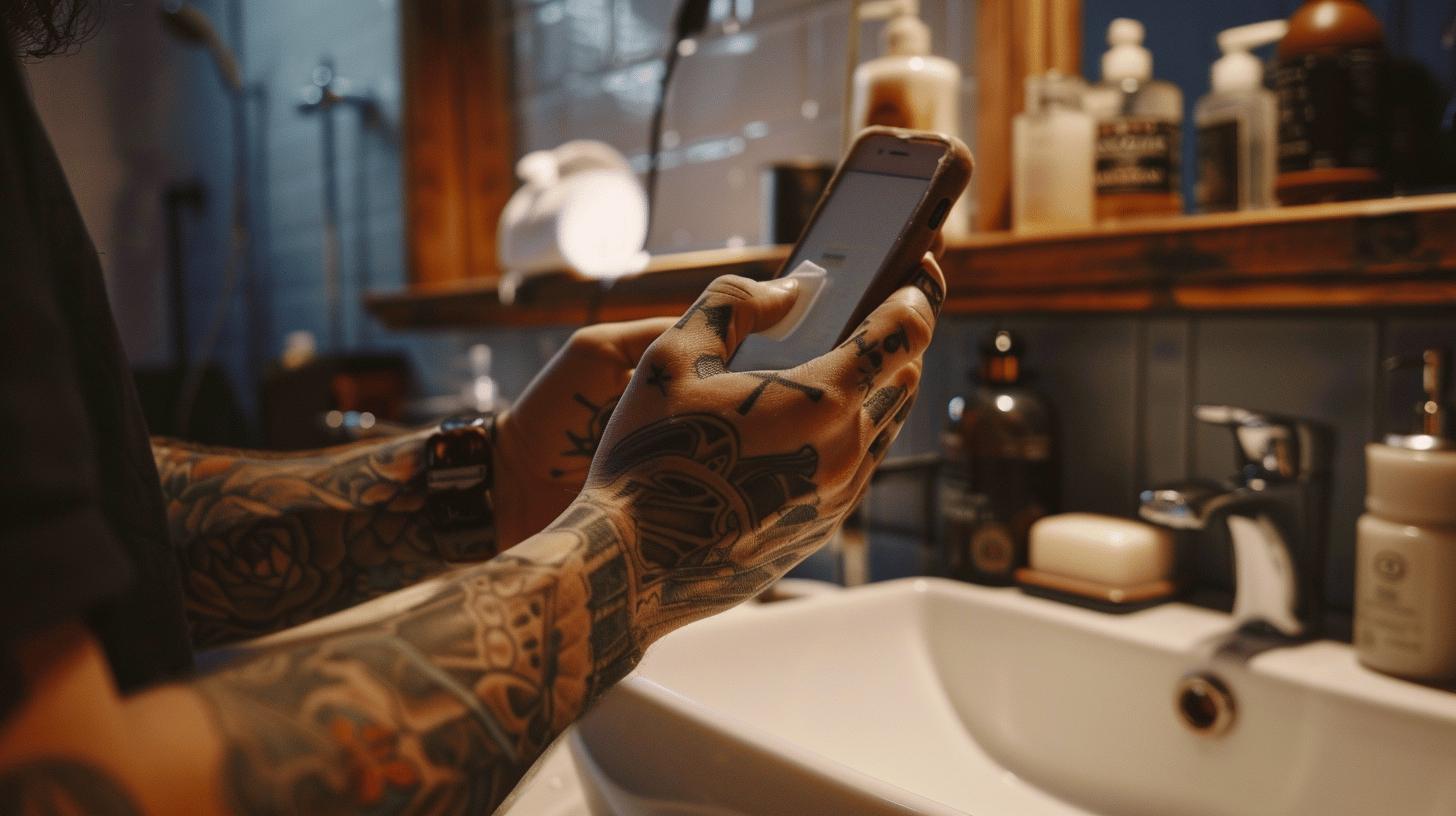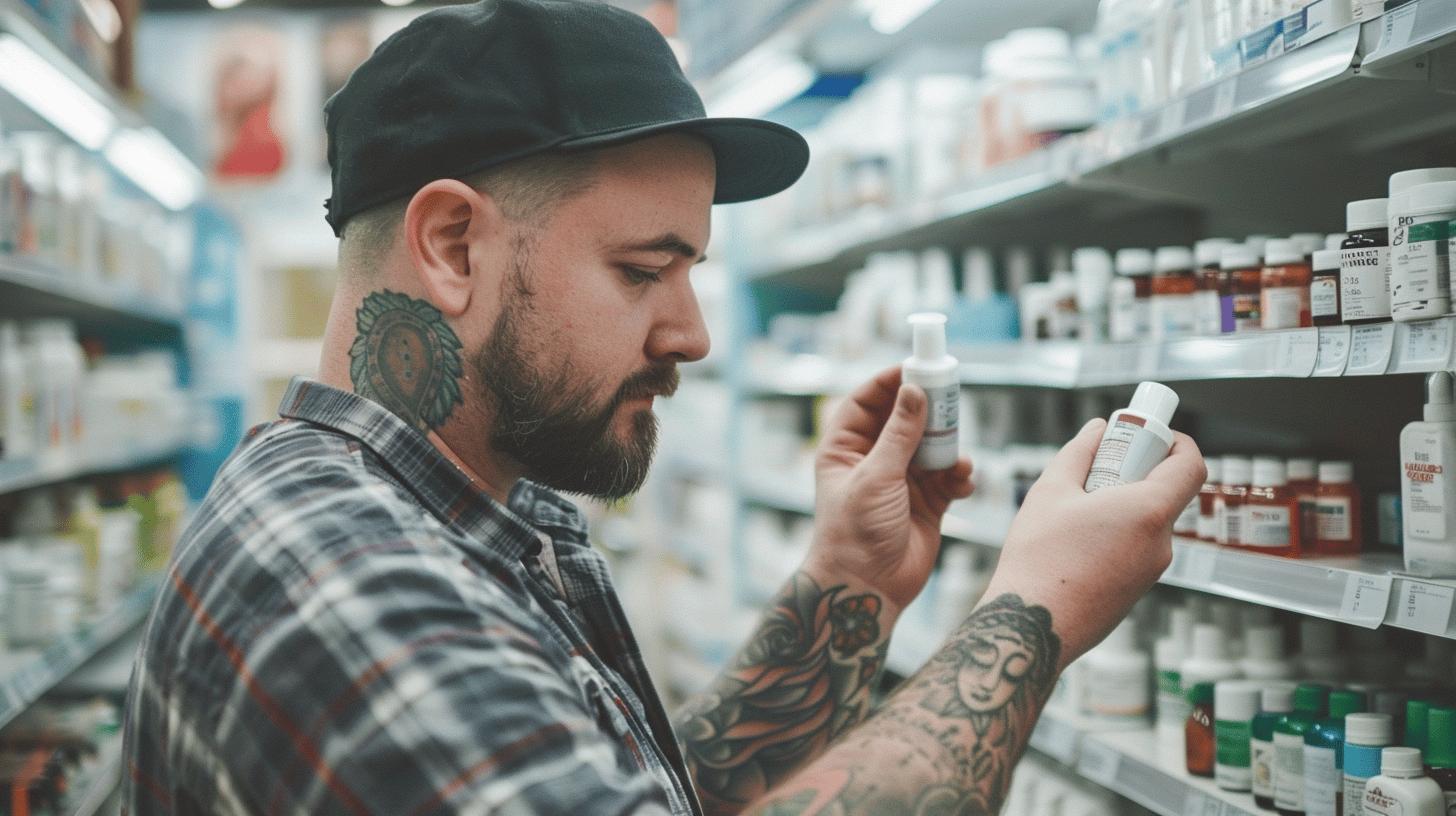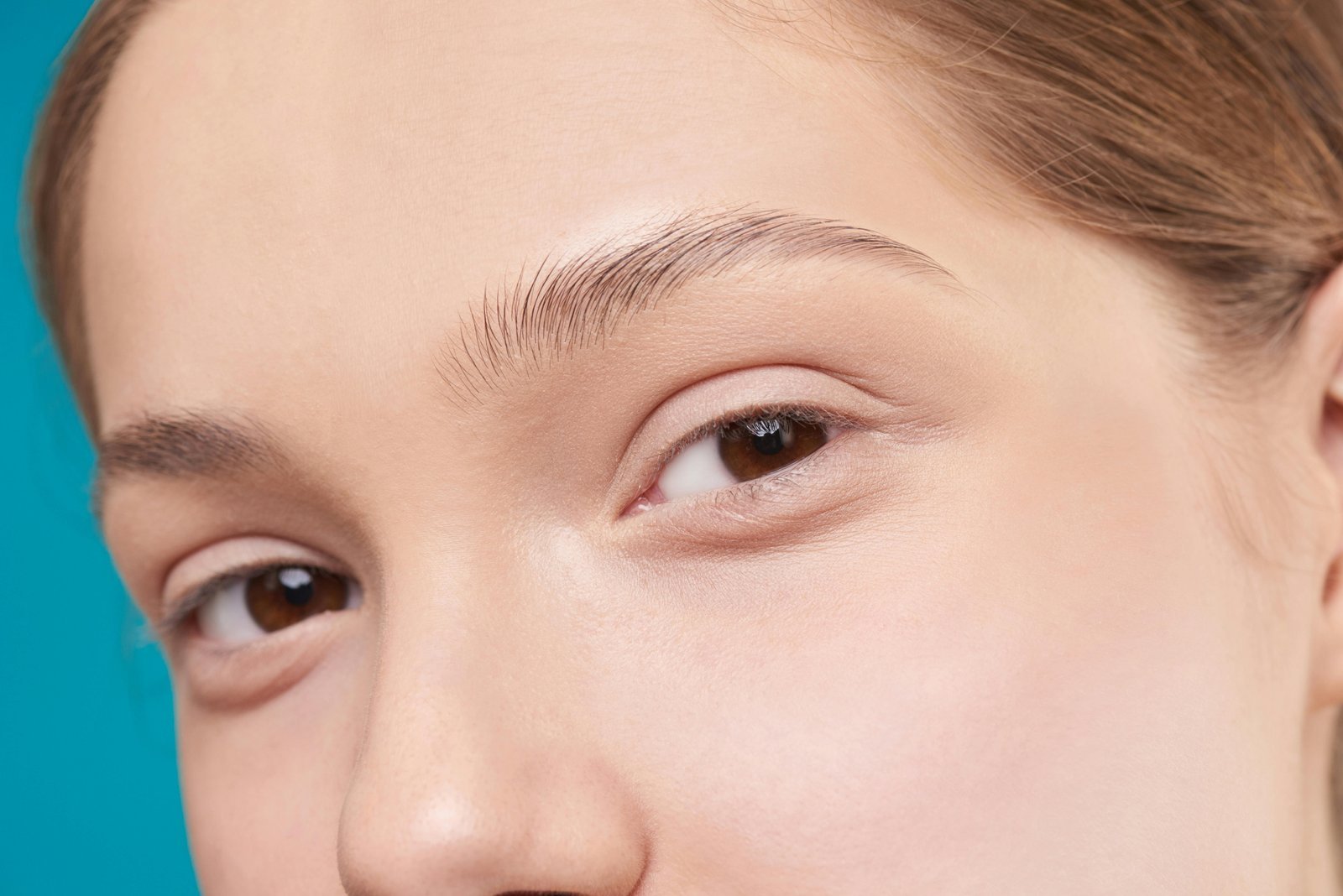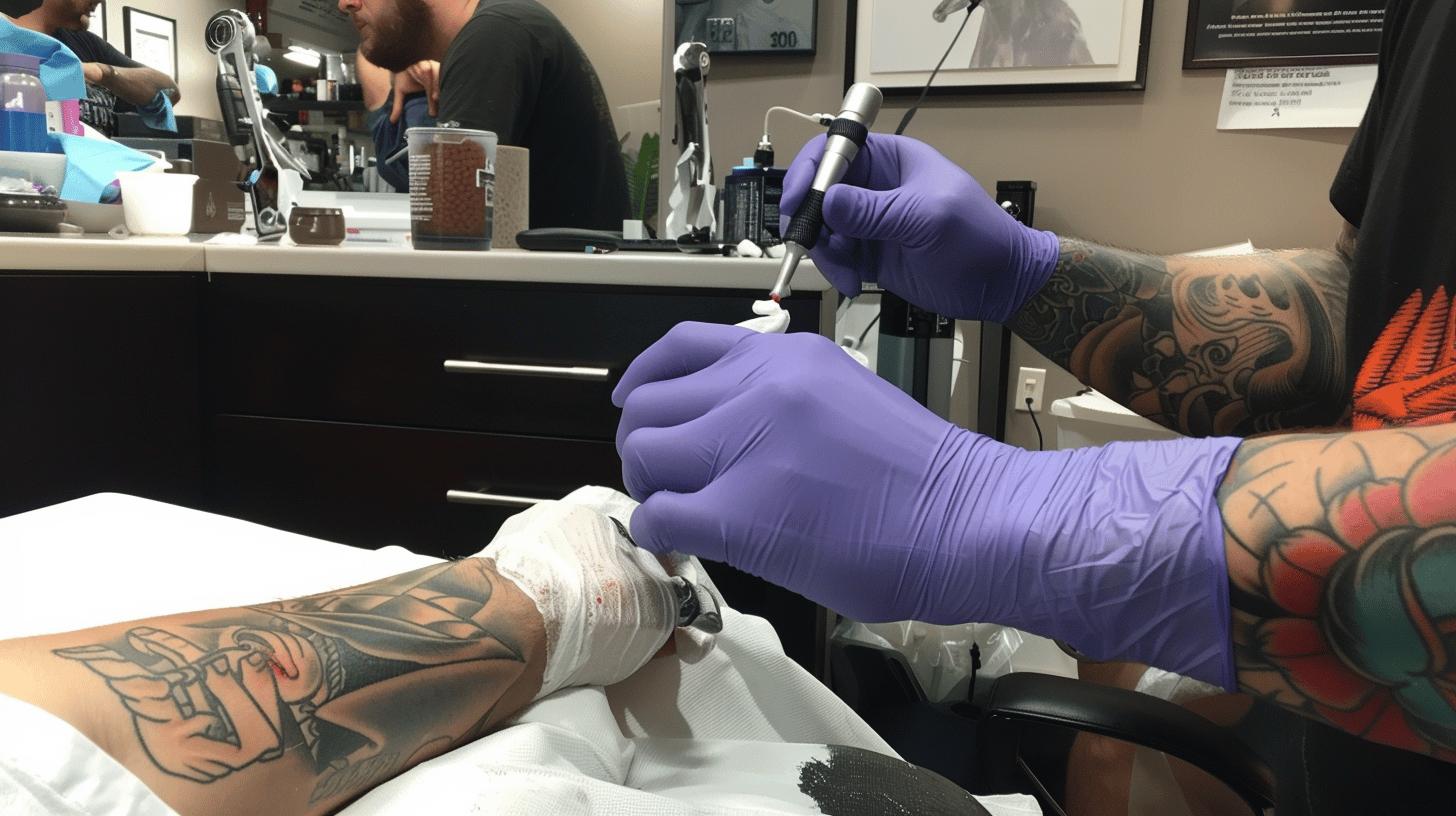Do Tattoo Artists Use Numbing Cream? 10 Things You Should Know for a More Comfortable Tattoo
Is the tattoo session meant to hurt, or should you just use tattoo numbing cream and skip the pain altogether? Clients often wonder if their tattoo artist will apply numbing cream or if they’re expected to grit their teeth through it. The truth is, not every tattoo artist supports the use of numbing cream – and those who do have plenty of reasons for and against. Whether you’ve got your next tattoo lined up or you’re considering asking for a tattoo numbing cream at your consultation, understanding how artists view it could make a big difference to your experience.
Do Tattoo Artists Use Numbing Cream and Why?

Do tattoo artist use numbing cream?
Yes, but not all do. Many tattoo artists use numbing cream to help clients handle longer or more painful sessions, while others avoid it due to concerns about how it affects the tattoo process.
The use of numbing cream by tattooists often depends on the artist’s personal preference and the client’s needs. Some artists like using a topical numbing product containing lidocaine to make the tattoo experience more bearable, particularly during larger or more sensitive tattoos. Tattoo numbing cream can help prevent nerves from registering pain signals, making it easier for the client to sit still and for the artist to complete the ink work in one session.
Still, others refuse to use a numbing cream. Some tattoo artists’ opinions on numbing cream are shaped by traditional views. They believe the pain of a tattoo is part of the process, and that numbing creams or sprays can interfere with the way the skin takes the tattoo ink. Artists refuse to use it sometimes because they believe it can cause unpredictable changes to skin texture, bleeding, and healing times. These concerns are especially strong among those who feel that enduring some level of discomfort is part of the tradition and meaning behind new tattoos.
Here’s a quick look at why some tattoo artists use numbing cream and why others might not:
- Artists use numbing cream to help clients endure long tattoo sessions without needing multiple sittings.
- Artists may refuse to use numbing cream if they believe it makes the skin harder to tattoo and affects ink saturation.
- Some believe numbing creams work well for certain areas where tattoo pain is extreme, like ribs or elbows.
- Others refuse to use numbing creams and sprays because they feel it leads to longer healing times and swelling.
- Many artists prefer discussing numbing options during a consultation to decide the best approach for the next tattoo appointment.
Why Some Tattoo Artists Don’t Use Numbing Cream
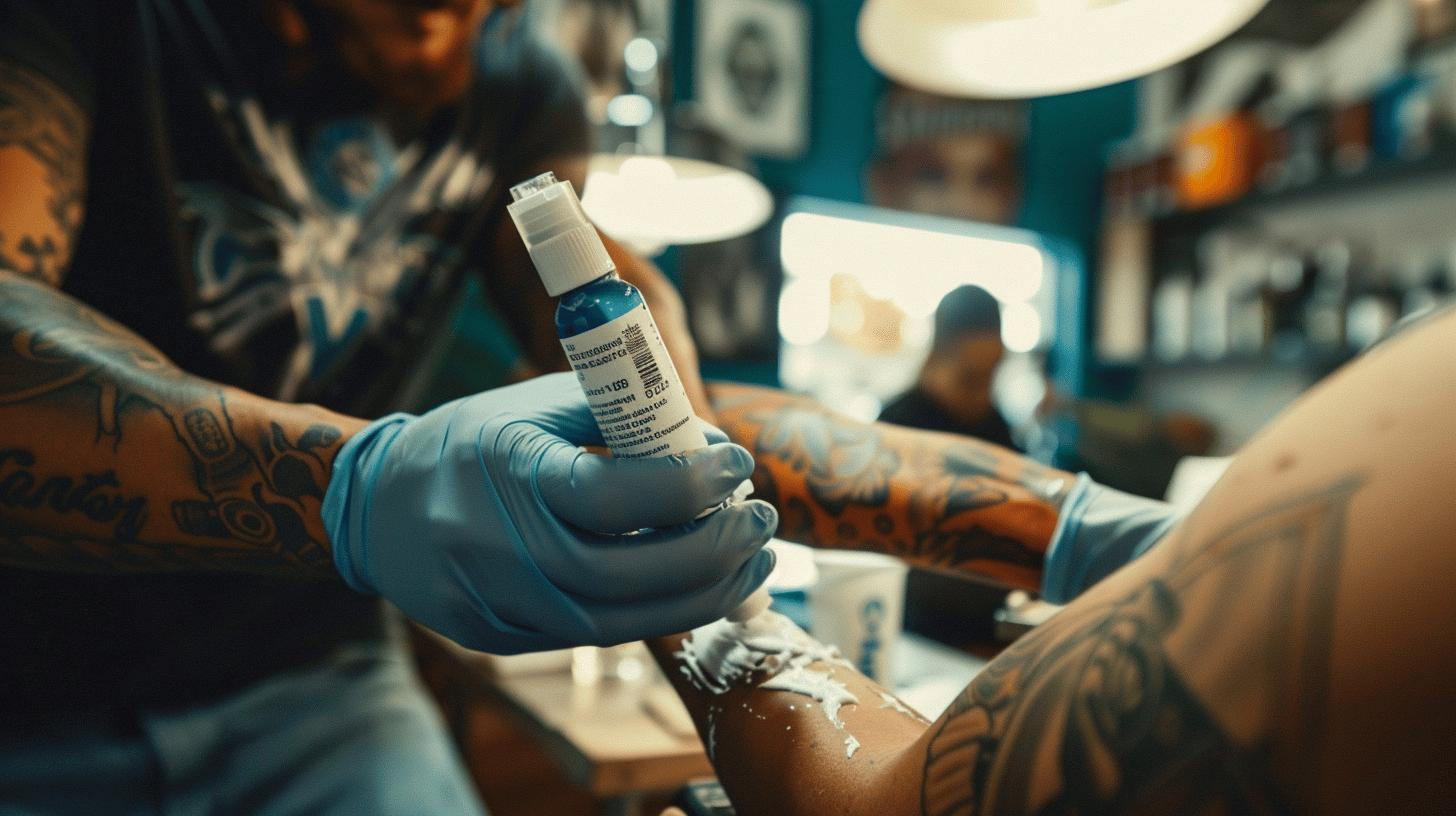
Why don’t tattoo artists use numbing cream?
Many artists refuse to use numbing cream because it can change the skin’s texture, making the tattoo process more difficult. Numbing creams or sprays can cause the skin to swell slightly or become rubbery, which affects how well the stencil sticks and how smoothly the tattoo ink goes in. Some tattoo artists’ opinions on numbing cream also include concerns about longer healing times and uneven results. They believe that when the skin to prevent pain is altered, it can interfere with the precision needed to make the tattoo look its best.
There is a strong tradition within the tattoo community that the pain of a tattoo is part of the process. Some artists say that enduring the tattoo pain is a rite of passage and an important part of getting tattooed. Many artists prefer not to use a numbing cream unless absolutely necessary because they want the tattoo experience to stay authentic. Others refuse to use topical numbing agents because they have seen cases where applying numbing cream poorly led to poor healing, broken skin, and patchy new ink. Whether numbing creams work reliably is still debated, but the reluctance of tattoo artists to use numbing cream often comes down to protecting the quality of their work and respecting tattoo traditions.
| Concern | Reason | Impact |
|---|---|---|
| Skin Texture | Numbing creams can make the skin rubbery | Harder to apply tattoo ink properly |
| Stencil Adhesion | Area is numb and slightly swollen | Stencil may not stick or stay clearly |
| Healing Time | Altered skin conditions | Longer recovery and risk of uneven healing |
| Tattoo Tradition | Pain seen as part of the tattoo experience | Artists prefer authentic, traditional sessions |
Can Tattoo Artists Use Numbing Cream If Clients Request It?
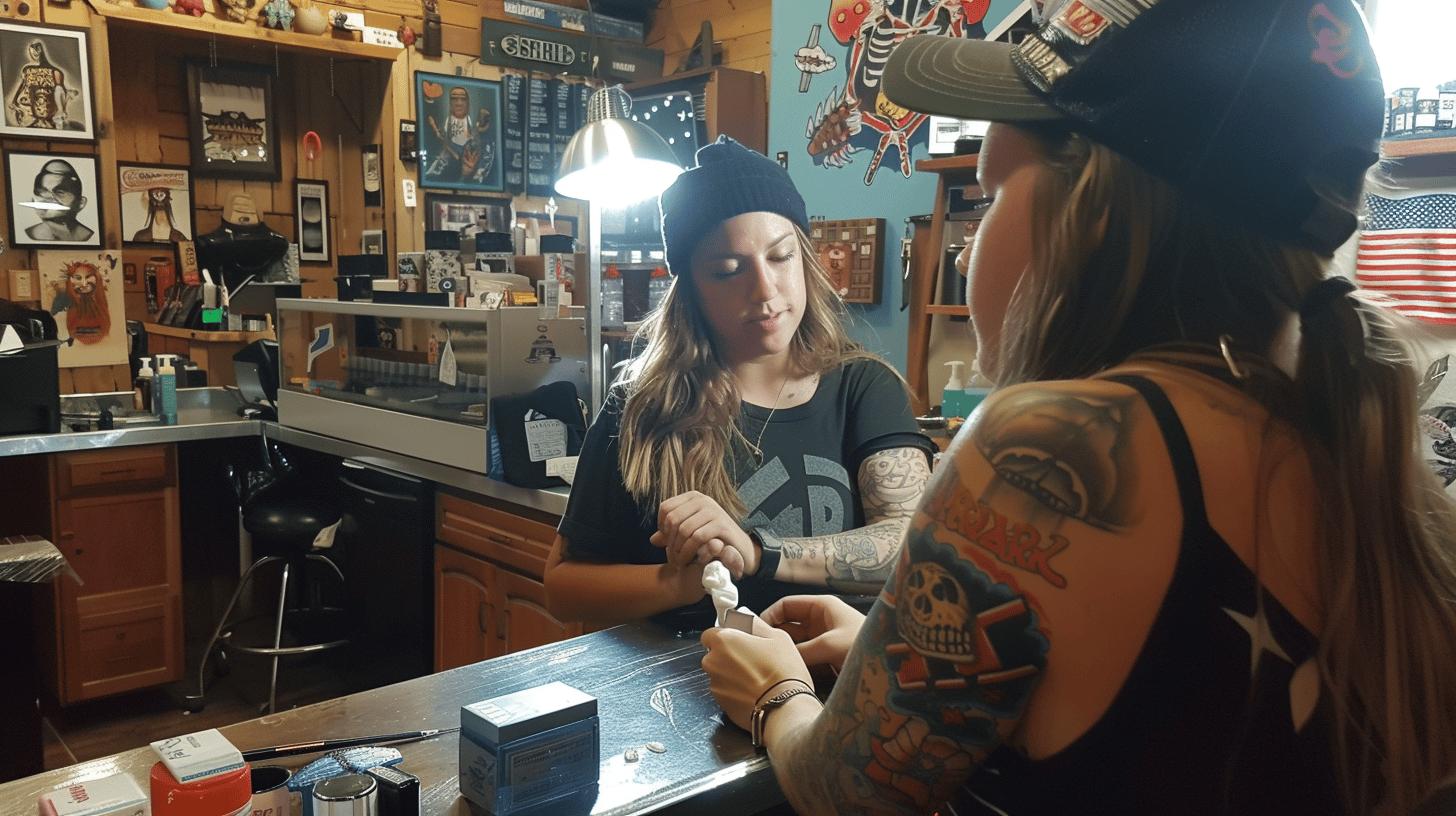
Can tattoo artists use numbing cream if clients request it?
Yes, many artists use numbing cream if it is agreed upon during the tattoo consultation. Most tattoo shops allow clients to use tattoo numbing cream as long as it’s discussed beforehand. Some studios even provide numbing cream for clients, while others ask clients to bring their own preferred numbing product — often one containing lidocaine to help block nerves from registering pain.
Do tattoo places have numbing cream readily available?
Some do, but not all. Tattoo shops that provide numbing cream usually stock a topical cream or spray approved for use during a tattoo session. This helps maintain control over which numbing agents are used to avoid any impact on the tattoo process. Other studios ask clients to apply the cream before the tattoo appointment. If you want to use numbing cream, it’s best to raise the topic early so the artist can guide you on the best tattoo numbing cream options or suggest how to apply it properly to the skin before a tattoo.
At the tattoo consultation, it’s smart to ask direct tattoo consultation numbing cream questions like:
- Do you allow clients to use a numbing cream before a tattoo session?
- What numbing creams or sprays do you recommend for use during the tattoo process?
- Can I apply numbing cream without affecting the tattoo ink quality?
- Will the numbing effect last through my entire tattoo session?
- If I bring my own numbing product, will you still use it during the next tattoo appointment?
What Type of Numbing Creams Do Tattoo Artists Use?

What numbing cream do tattooists use?
Tattoo artists use a range of numbing creams and sprays, depending on the client’s needs and the type of tattoo session. Popular options include Zone 1 cream (5% lidocaine), Pro Plus cream (lidocaine and tetracaine), and Vasocaine (lidocaine and epinephrine). Each numbing product works a little differently, depending on whether it’s based on nerve deadeners, nerve blockers, or vasoconstrictors. Artists like using different types depending on whether they want quicker numbness, longer pain relief, or less bleeding during the tattoo process.
The types of tattoo numbing creams that artists use can make a big difference to how bearable a tattoo session feels. Some artists prefer a topical cream that deadens nerves, while others prefer a spray that combines a nerve blocker with a vasoconstrictor to control bleeding and swelling. Whether you’re getting a small tattoo or sitting for a full sleeve, understanding these options can help when you want to use numbing cream for your next tattoo appointment.
Nerve Deadeners
Nerve deadeners are creams that use lidocaine to numb the tattoo area by preventing nerves from registering pain signals. These are the most common types of numbing agents used for tattoos. Lidocaine-based creams like Zone 1 take effect quickly and are a good option for making the tattoo experience more bearable, especially in sensitive areas.
Nerve Blockers
Nerve blockers use substances like tetracaine and benzocaine. Instead of stopping pain signals completely, they interfere with the nerve’s ability to transmit the message of pain. Artists use these creams when they want a strong numbing effect for longer tattoo sessions, although some nerve blockers can make the skin slightly harder to work with.
Vasoconstrictors
Vasoconstrictors like epinephrine are used in sprays or combined with other numbing agents. They constrict blood vessels, reducing bleeding and swelling during the tattoo process. When artists use numbing creams or sprays with vasoconstrictors, it can make the tattoo ink go in cleaner and reduce trauma to the skin.
Here are four of the strongest tattoo numbing creams and sprays many artists still use:
- Zone 1 Cream – 5% lidocaine; fast-acting nerve deadener
- Pro Plus Cream – lidocaine and tetracaine; combination nerve deadener and blocker
- Vasocaine Spray – lidocaine and epinephrine; numbing and swelling control
- TKTX Gold – strong lidocaine formulation designed for longer sessions
Product Main Ingredients Type Effect Zone 1 Cream Lidocaine 5% Nerve Deadener Quick local numbness Pro Plus Cream Lidocaine + Tetracaine Nerve Deadener + Blocker Strong and lasting numbing effect Vasocaine Spray Lidocaine + Epinephrine Deadener + Vasoconstrictor Reduced bleeding and swelling TKTX Gold High-strength Lidocaine Nerve Deadener Extended pain relief
Does Tattoo Numbing Cream Affect Tattoo Quality?
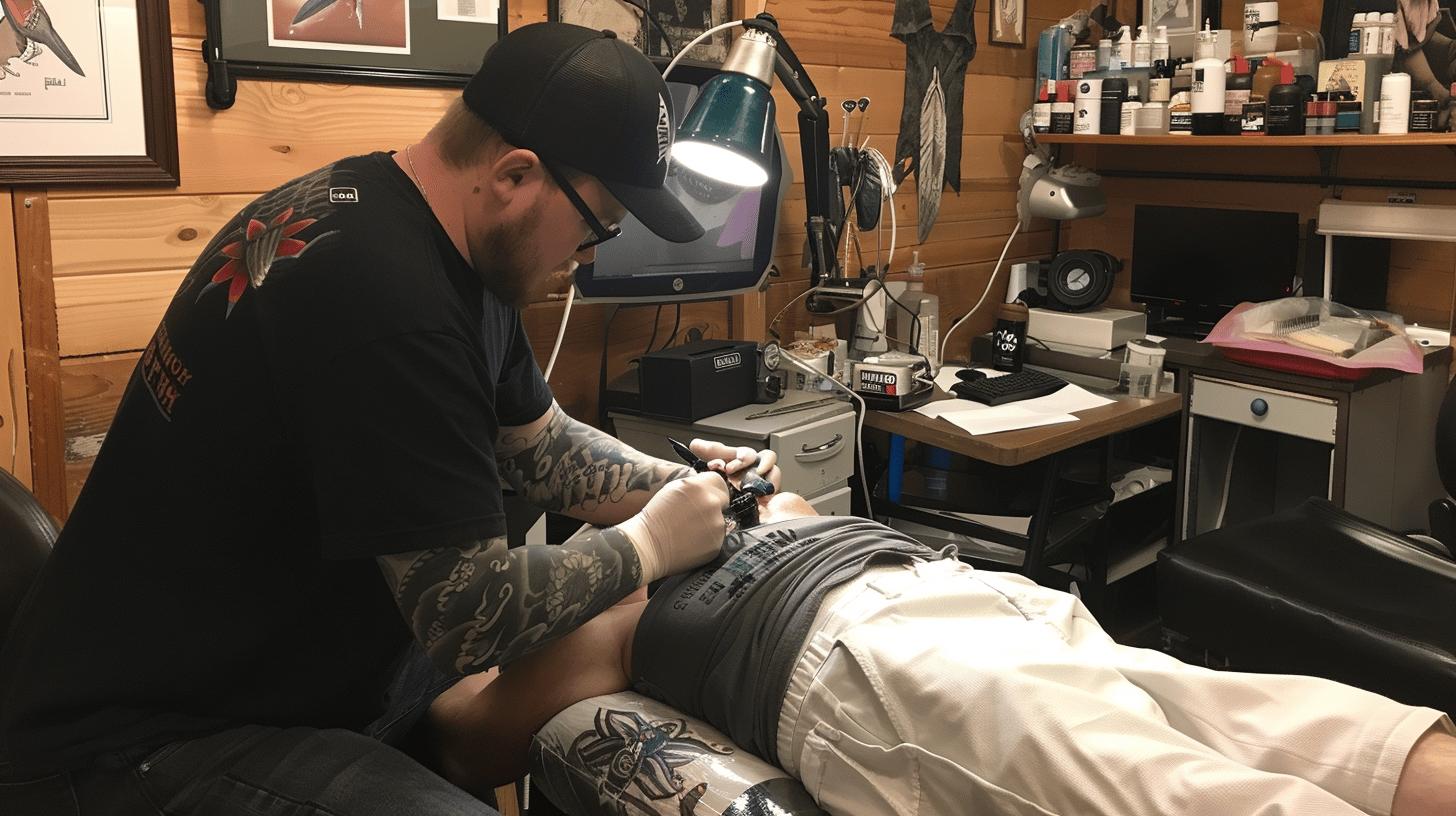
Does tattoo numbing cream affect tattoo quality?
Yes, it can. Some tattoo artists have reported that using a numbing cream may change the skin’s surface, making it harder to work with during the tattoo process. The skin can swell slightly, feel rubbery, or behave differently when the area is numb. This can impact how easily the tattoo ink is applied and absorbed. While numbing creams and sprays are designed to make the process of getting tattooed more bearable, they sometimes interfere with the precision needed for the best tattoo results.
Tattoo ink and numbing cream interaction is another concern. If the skin’s texture changes too much after applying numbing cream before your tattoo, it can affect stencil adhesion and ink saturation. Some artists refuse to use a numbing cream because they believe it leads to longer healing times or causes the new ink to heal unevenly. Although many artists still use numbing cream successfully, a poorly applied topical product or using the wrong numbing agents can lead to broken skin or patchy results. Whether numbing creams actually work without side effects depends heavily on the cream used, how it is applied, and the individual’s skin reaction during the tattoo session.
Here are some possible effects when using a numbing cream during a tattoo session:
- Swelling of the tattoo area – can make the tattoo process harder.
- Rubbery skin texture – may affect how well tattoo ink sets.
- Stencil adhesion problems – stencils might not stick properly after applying numbing cream.
- Longer healing times – altered skin conditions can slow recovery.
- Uneven ink deposits – new tattoos might heal patchy if the area is overly numb or swollen.
Pros and Cons of Using Numbing Cream Before a Tattoo

Using a numbing cream before a tattoo session can make the tattoo process more bearable, especially for those worried about the pain of a tattoo or planning to sit through a long tattoo session. Many artists use numbing cream when they feel it will help a client endure the process better, but others refuse to use a numbing cream because of potential risks like skin texture changes or healing issues. Understanding the pros and cons of numbing creams or sprays helps when deciding whether you want to use numbing cream for your next tattoo appointment.
| Pros | Cons |
|---|---|
| Reduced tattoo pain, especially in sensitive areas | Skin texture may change, making tattooing harder |
| Allows longer tattoo sessions without breaks | Possible allergic reactions to numbing agents |
| Makes the tattoo experience more bearable for first-timers | Risk of uneven healing and patchy new ink |
| Can help clients stay calmer and sit still | Numbing effect might wear off mid-session |
| Best tattoo numbing cream can provide 2–4 hours of pain relief | Improper applying numbing cream can lead to broken skin |
Many artists prefer using a topical numbing product that contains lidocaine or other nerve deadeners to block nerves from registering pain. Still, some tattoo artists refuse to use numbing cream because they believe it can make the skin rubbery or swollen, affecting how the tattoo ink settles. Whether numbing creams work well depends on the product used, the artist’s technique, and how the client’s skin reacts. Talking openly about pain management during the tattoo consultation is the best way to plan for a painless tattoo experience.
Should You Tell Your Tattoo Artist If You Plan To Use Numbing Cream?
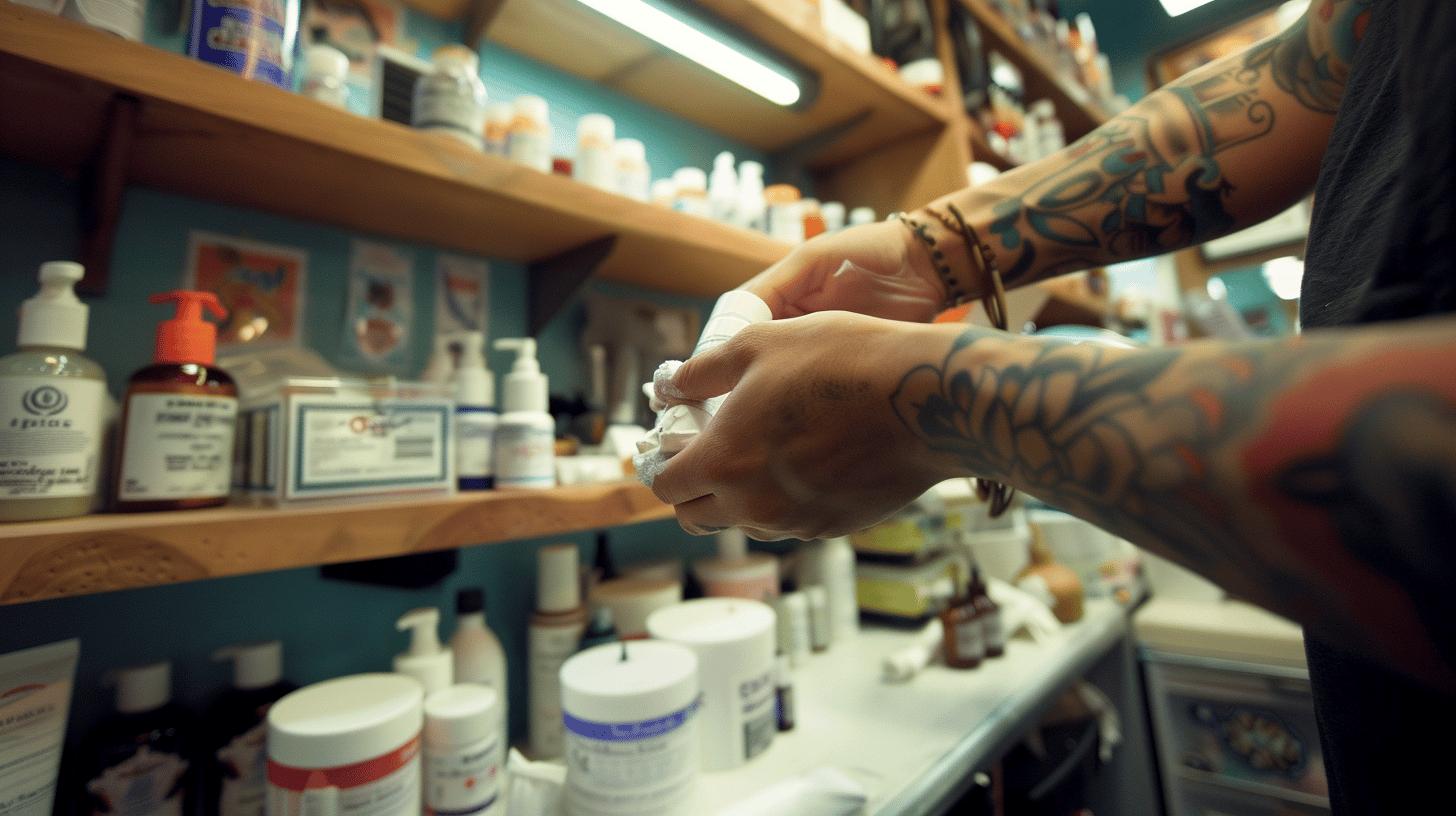
Should I tell my tattooist I used numbing cream?
Yes. The moment you decide you want to use numbing cream for your next tattoo appointment, you should tell your tattoo artist. Hiding it can cause real problems. Many artists use their experience to assess the skin during the tattoo process, and if a numbing cream has changed the skin texture, it can affect how the ink settles. Applying numbing cream without informing the artist can lead to broken skin, poor stencil adhesion, and patchy new ink. Since tattoo artists use numbing cream carefully to avoid these issues, open communication keeps the tattoo session smoother and the results much better.
Will my tattoo artist know if I use numbing cream?
Often, yes. Tattoo artists can usually tell if numbing cream was used because it makes the skin feel different. When you use tattoo numbing cream, whether it’s a topical lidocaine cream, a spray with nerve blockers, or another numbing product, it can make the skin rubbery or swollen. Artists say the area is numb in a way that changes how the tattoo machine moves through the skin. Many artists prefer to work on natural skin because the pain of a tattoo provides feedback about how the session is going. If the skin is numb without explanation, it could alter how the artist adjusts their technique.
If you apply numbing cream before your tattoo without telling your artist, you risk:
- Poor stencil adhesion, making the tattoo design unclear.
- Patchy or uneven tattoo ink due to altered skin texture.
- Longer healing time or broken skin from unexpected reactions.
Being upfront about the use of a numbing cream helps your artist plan properly and make the tattoo process more bearable without risking the quality of your new ink.
Tattoo Pain Management Without Using Numbing Cream

Managing tattoo pain without numbing cream is possible for clients who prefer a more traditional approach or when artists refuse to use a numbing product. Although many artists use numbing creams or sprays to make the tattoo process more bearable, others believe that experiencing the pain of a tattoo is part of the process and prefer natural methods instead. For those who want alternatives to tattoo numbing cream, there are several techniques that can help manage discomfort during a tattoo session.
Here are six practical alternatives to manage tattoo pain without using a numbing cream:
- Breathing Techniques
Deep, controlled breathing can help lower stress levels and reduce the way your body processes pain during the tattoo process. - Stay Hydrated
Drinking plenty of water before getting tattooed keeps the skin healthy and more resilient, which can make the tattoo experience less painful. - Eat a Good Meal Beforehand
Having a proper meal helps maintain blood sugar levels, avoiding dizziness or faintness during the tattoo session. - Use Ice Packs Pre-Session
Applying a cold pack to the tattoo area before the session can slightly numb the skin to reduce pain naturally, without affecting tattoo ink application. - Choose Less Painful Areas
Some body parts experience less intense pain. Areas like the outer arm or thigh are usually more bearable compared to ribs or elbows. - Natural Numbing Options
Some clients use natural products like clove oil to try to create a mild numbing effect. These natural numbing options for tattoos have limited effectiveness compared to lidocaine-based numbing agents.
Choosing not to use tattoo numbing cream does not mean you have to suffer through unbearable pain. By preparing well and using these alternatives to tattoo numbing cream, clients can make the tattoo experience more manageable and still enjoy the authenticity many artists prefer. Whether you want to use numbing cream or manage tattoo pain naturally, open communication with your tattoo artist will always help create the best tattoo experience for you.
Best Tattoo Numbing Creams Available in the UK
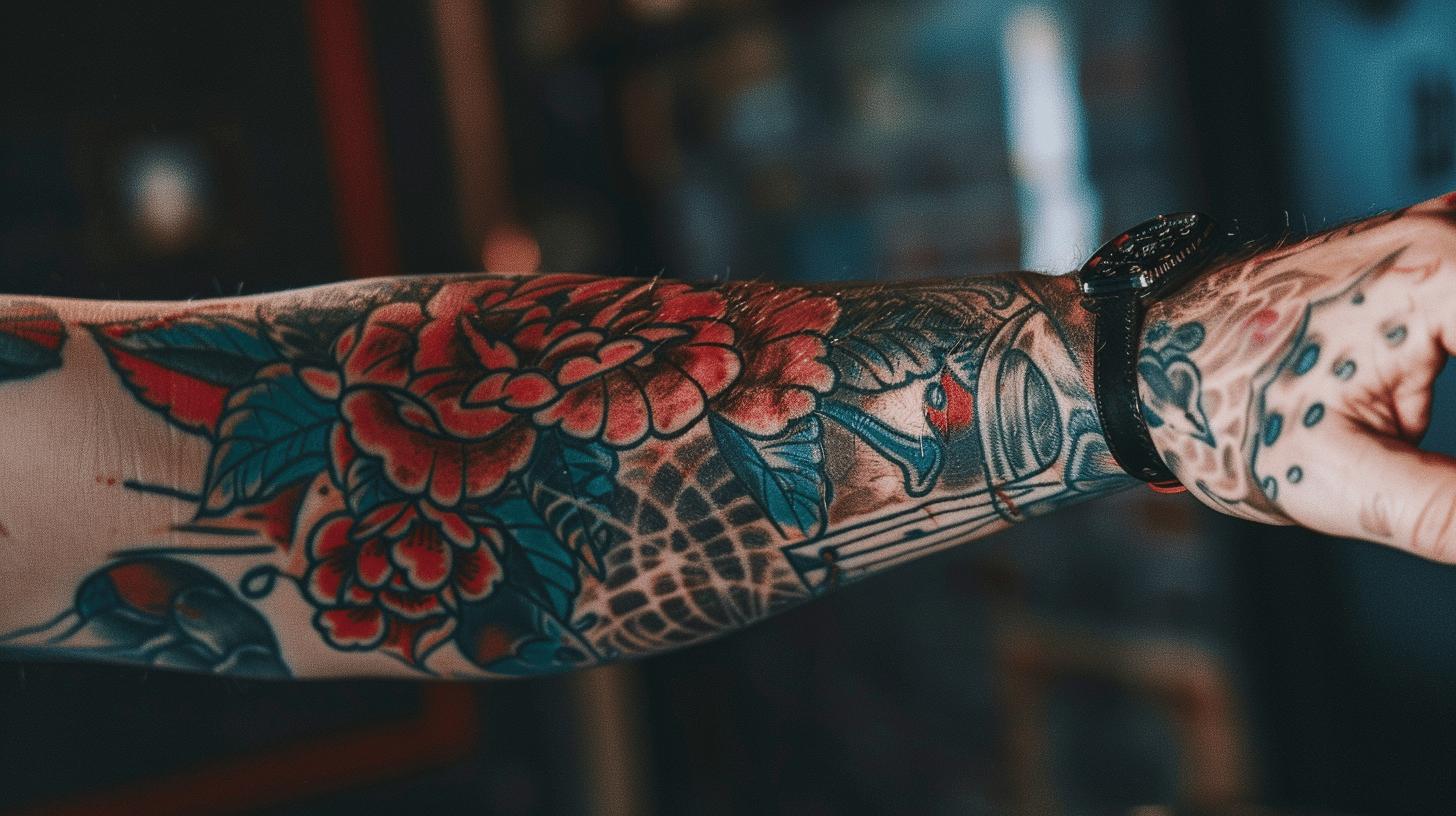
What is the best tattoo numbing cream UK customers can buy?
The best tattoo numbing creams available in UK shops and online are TKTX Green, TKTX Black, Signature+ Numbing Cream, and Emla. These products contain active numbing agents like lidocaine and are trusted by many artists who use numbing cream to make the tattoo process more bearable. Whether you’re planning your next tattoo appointment or preparing for your first, these creams help block nerves from registering pain and can make the tattoo experience smoother.
Do the strongest TKTX numbing creams actually work?
Yes, the strongest TKTX numbing cream products, like TKTX Green and TKTX Black, actually work by using high concentrations of lidocaine to numb the tattoo area effectively. These creams are popular because they take effect quickly, making it easier for clients to sit longer during a tattoo session without feeling the full pain of a tattoo. Artists still use numbing cream carefully, as the skin to reduce registering pain should stay workable for new ink to heal properly.
Where can you find the best tattoo numbing cream Boots or other UK stores offer?
Boots and Superdrug stock options like Emla cream, a topical numbing product containing lidocaine and prilocaine. If you want to use numbing cream not available in physical stores, online shops provide numbing cream options like TKTX and Signature+ with next-day delivery, giving you more choices for your next tattoo.
| Name | Active Ingredients | Duration | Purchase Option |
|---|---|---|---|
| TKTX Green | Lidocaine, Epinephrine | 3–5 hours | Online retailers |
| TKTX Black | Lidocaine, Tetracaine, Epinephrine | 4–6 hours | Online retailers |
| Signature+ Numbing Cream | Lidocaine 5% | 2–4 hours | Online retailers |
| Emla Cream | Lidocaine 2.5%, Prilocaine 2.5% | 2 hours | Boots, Superdrug |
Choosing the best tattoo numbing cream depends on how long your tattoo session will last and how sensitive the tattoo area is. Many artists prefer creams with strong nerve deadeners like lidocaine because they help make the tattoo more bearable without affecting the quality of the new ink. Always discuss applying numbing cream with your artist before your next tattoo appointment to make the tattoo process as smooth as possible.
How to Properly Apply Tattoo Numbing Cream Before a Session
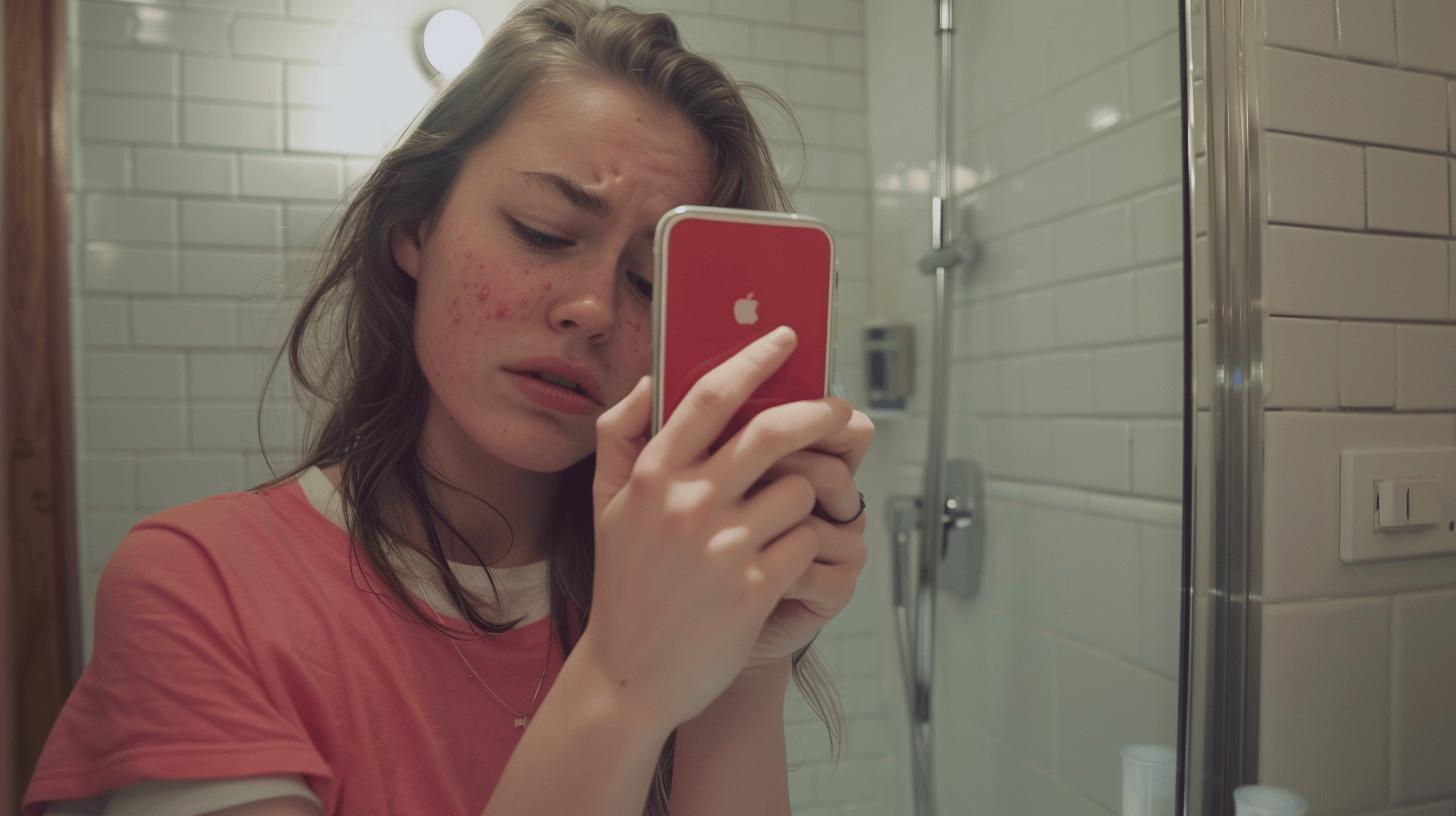
Applying numbing cream for tattoos correctly is crucial to getting the best pain relief during your tattoo session. If you want to use numbing cream to make the tattoo process more bearable, following the proper steps ensures that the numbing effect actually works when you get a tattoo. Many artists prefer clients to apply the numbing product properly because incorrect use can make the skin harder to tattoo or even lead to broken skin. Knowing how long before tattoo to apply numbing cream and taking the right precautions helps you avoid problems and enjoy a more pain-free tattoo experience.
Here’s a step-by-step guide for applying numbing cream for tattoos:
- Clean the tattoo area thoroughly
Wash the skin with mild soap and water to remove oils, dirt, and dead skin. Clean skin helps the numbing agents absorb better. - Dry the skin completely
Make sure the skin is dry before applying the tattoo numbing cream. Moisture can reduce how well the numbing cream takes effect. - Apply a thick, even layer of numbing cream
Use a generous amount so the entire tattoo area is covered. A thin layer won’t numb the area enough for the tattoo process. - Cover the area with plastic wrap
Wrapping the area traps heat and moisture, helping the lidocaine-based numbing cream take effect faster and deeper. - Wait 30–60 minutes
How long before tattoo to apply numbing cream matters. Waiting the full time allows the nerves from registering pain to be fully blocked. - Remove the wrap and wipe off excess cream just before tattooing
The tattoo artist needs clean, dry skin to apply the stencil and start the ink work without issues.Step Action Purpose 1 Clean the skin Remove oils and dirt for better absorption 2 Dry the area Prevent reduced numbing effect 3 Apply thick cream layer Maximise numbness 4 Cover with plastic wrap Boost absorption and speed up effect 5 Wait 30–60 minutes Allow full numbing effect 6 Remove cream before tattoo Prepare skin for stencil and tattooing Applying numbing cream without following these steps can lead to patchy numbness, poor stencil adhesion, or make the skin rubbery, which artists say can affect the tattoo ink going in cleanly. Whether numbing creams work well depends heavily on correct application, so taking the time to apply it properly is key to a smoother tattoo experience.
How Long Does Tattoo Numbing Cream Last During a Session?
How long does tattoo numbing cream last during a session?
Most tattoo numbing creams last between 2 to 6 hours, depending on the numbing product used, the area of the body, and the client’s skin type. Some tattoo artists use numbing creams or sprays like Vasocaine to extend the numbing effect during longer tattoo sessions. When you use tattoo numbing cream properly, it can make the tattoo process more bearable, allowing the tattoo artist to complete larger pieces without too many breaks.
Can numbing cream wear off mid-tattoo?
Yes. The numbing effect can start to fade before the tattoo session is finished, especially when working on areas with thinner skin or if the tattoo session runs very long. Some artists prefer reapplying numbing cream during tattooing using approved topical sprays to avoid affecting the tattoo ink quality. Artists like using sprays that contain lidocaine or other nerve blockers because they act quickly without making the skin rubbery.
If you want to use a numbing cream for your next tattoo, it’s good to discuss with your tattoo artist how they manage the duration of numbing effect during tattoo sessions. Many artists prefer to monitor the skin to prevent broken skin or patchy new ink if the area is numb for too long.
Here are three common reasons why the numbing effect might wear off early:
- Thin or sensitive skin can absorb and process numbing agents faster.
- Very long tattoo sessions can outlast the numbing cream’s active period.
- Incorrect applying numbing cream can lead to incomplete absorption and shorter effect.
Real Tattoo Experiences With and Without Numbing Cream
What is the tattoo experience with numbing cream like?
Most clients report that the numbing cream takes effect within 30 to 60 minutes, reducing the pain of a tattoo noticeably during the early stages of the tattoo session. Some clients describe a near-painless tattoo experience, especially when they use tattoo numbing cream that contains strong nerve deadeners like lidocaine. These numbing agents block the nerves from registering pain, making the tattoo process more bearable for longer sessions or sensitive tattoo areas.
Tattoo client thoughts on numbing cream are mixed. While many clients enjoy the immediate numbness, others say the numbing effect wears off halfway through the tattoo session. When the cream starts to fade, the return of tattoo pain can feel more intense than expected. Tattoo numbing cream Reddit experiences often highlight this sudden shift. Discussions show that about 8 out of 10 users felt the topical numbing product didn’t actually work as well as they hoped. Some artists use numbing creams or sprays mid-session to refresh the numbness, but others refuse to use numbing cream during the tattooing process because they feel it can make the skin harder to work with.
Here are five common tattoo experiences shared with and without using numbing creams or sprays:
- Numbing cream helped make the tattoo experience pain-free in the beginning but wore off mid-session.
- Clients who applied the best tattoo numbing cream found it easier to sit still for longer tattoos.
- Some felt increased pain once the area is numb effect faded, making the second half of the tattoo harder.
- A few clients noticed broken skin or swelling where numbing creams work too aggressively on sensitive skin.
- Many artists prefer topical sprays after the skin to reduce bleeding and swelling during long tattoo sessions.
Tattoo artists use numbing cream carefully because a poorly applied cream before your tattoo can disrupt the tattoo ink settling properly. Whether numbing creams work perfectly depends heavily on the product, application method, and the artist’s technique during the tattoo process.
Final Words
Throughout this guide, we jumped right into whether tattoo artists use numbing cream and why opinions are so mixed.
We explored the reluctance of some artists, how clients can discuss it at consultations, and what types of tattoo numbing cream are commonly used.
We also broke down the effect of numbing cream on tattoo quality, pros and cons of using it, alternatives for managing tattoo pain, and the top creams available in the UK.
When thinking about whether to use tattoo numbing cream, remember how the use of numbing cream by tattooists can vary.
Many artists like their clients to endure naturally, while others believe that tattoo artists use numbing cream to support longer, smoother sessions.
If you want to use numbing cream during your next session, talk openly during your tattoo consultation.
Good communication means you and your tattoo artist can decide the best approach for keeping your ink looking its best.
Done properly, a little help from a trusted numbing cream takes a lot of the fear out of getting tattooed.
FAQ
Q: Why don’t many tattoo artists use numbing cream for tattoos?
Many artists say that numbing cream can make the skin harder to tattoo, sometimes affecting the tattoo ink quality and healing. Pain is seen by some as part of the tattoo process.
Q: Can you feel the tattoo needle with numbing cream during a tattoo session?
Using numbing cream reduces sensation, but some pressure or discomfort may still be felt during the tattoo process as nerves from registering pain are only partially blocked.
Q: Do tattoo artists care if you use tattoo numbing cream before getting tattooed?
Most tattoo artists prefer clients to discuss it in advance. Artists may adjust techniques if numbing creams and sprays have altered the tattoo area texture or numbness.
Q: Should I use numbing cream before my next tattoo appointment?
Using a topical numbing cream can make getting a tattoo more bearable, but it is best to speak to your tattoo artist first to ensure it won’t impact the tattoo process.
Q: Does tattoo numbing cream affect the tattoo ink or result in poor healing?
Numbing agents like lidocaine can sometimes cause minor changes to bleeding and swelling, which may influence tattoo ink saturation and slow down healing if misapplied before tattooing.
Q: How long does a tattoo numbing cream take effect and last during tattooing?
Most numbing creams take effect within 30–60 minutes after applying numbing cream for tattoos and usually provide numbing relief for 2–6 hours, depending on the numbing product used.
Q: Where can I find tattoo shops that provide numbing cream or allow its use?
Many tattoo shops let clients use a numbing cream if discussed first. Some studios even provide numbing cream options, especially for larger or new tattoos.
Q: What are the pros and cons of using numbing cream for a tattoo?
Pros include reducing tattoo pain and making the tattoo session longer and more bearable. Cons involve potential changes to skin texture, affecting how well tattoo ink settles.
Q: Why do many artists refuse to use numbing cream themselves?
Many artists prefer natural tattoo experiences. Some believe numbing creams actually work, but others refuse to use them due to unpredictable effects on broken skin and ink penetration.
Q: Can tattoo artists tell if you’ve used a numbing cream without telling them?
Tattoo artists use their experience to spot if the area is numb. Applying numbing cream without informing them can make the tattoo process harder, risking inconsistent ink saturation.
Q: Are there alternatives to numbing cream for tattoo pain management?
Yes, managing tattoo pain without numbing cream includes techniques like deep breathing, staying hydrated, and selecting a less sensitive tattoo area, keeping the process of getting the tattoo natural.
Q: What numbing agents do tattooists like or recommend for tattoos?
Artists often like lidocaine-based nerve deadeners or recommend strong sprays for longer sessions. Popular choices for the best tattoo numbing cream include Vasocaine and TKTX.
Q: Do tattoo numbing creams actually work to make tattoos painless?
Numbing creams work to block nerves from registering pain, offering pain relief, though achieving a completely painless tattoo is rare, especially if the numbing cream wears off mid-session.
Q: Can you reapply numbing cream during a tattoo session if the effect wears off?
Some tattooists reapply numbing sprays like Vasocaine during longer tattoo sessions to maintain numbness after the initial cream without negatively affecting the tattoo area.
Q: Are there risks if I want to use numbing cream and don’t tell my tattoo artist?
Yes, not telling your tattoo artist might lead to poor stencil adhesion and uneven tattoo quality, causing problems that could have been avoided by open discussion about using numbing cream.
Q: Does using numbing cream always prevent bleeding and swelling during the tattoo process?
Numbing products reduce some swelling and bleeding, which might ease the tattoo process, but reactions vary, and careful application on the skin before a tattoo is crucial.
Q: What natural numbing options are there besides numbing creams for tattoos?
Natural numbing options like clove oil can slightly numb the skin to reduce tattoo pain, although they are usually less effective than proper numbing creams and sprays.
Q: Can using numbing cream still make pain of a tattoo bearable for sensitive areas?
Yes, using tattoo numbing cream on sensitive areas like ribs or ankles can make the pain of a tattoo much more manageable and improve tattoo experience without fully blocking sensation.
Q: What do many artists say about tattoos and numbing cream on places like Reddit?
Many artists say that while numbing creams can help some, others refuse to use them. Tattoo client thoughts on numbing cream from Reddit show mixed experiences, especially during longer sessions.
Q: Does using numbing cream without informing my tattoo artist risk the final result?
Yes, using numbing cream without communication can make the tattoo harder to apply, affecting the placement of tattoo ink and possibly leading to uneven healing.
Q: Should I register my allergy status with my tattooist before applying numbing cream?
Yes, always tell your tattoo artist about possible allergies before getting tattooed, as some numbing agents or creams may cause reactions on broken skin or during the tattoo session.



